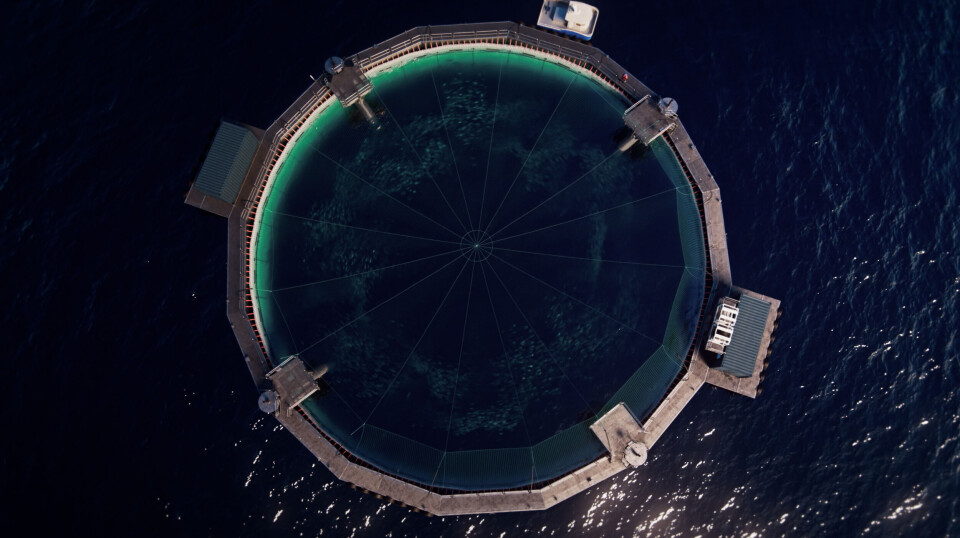
Fish farmer keeps faith with semi-closed containment despite setbacks
Problems with collapsing and deficient systems contributed to operating loss for Norwegian operator in 2022
Floating semi-closed containment systems offer several advantages for fish farmers but has so far been problematic for one early adopter of the technology in Norway.
Osland Havbruk, which grows Atlantic salmon and trout, made an operating loss last year and says part of the reason was due to the non-delivery of two SCCS that were damaged in transport and collapsed after arriving on site, and deficiencies in two other SCCS already on site.
The fish farmer also had one possible escape in 2022 when a bluefin tuna weighing 330 kg entered a standard open net pen stocked with salmon. The company stressed that there has not yet been any evidence of loss of fish in the incident.
Negative result
“The operating result was negative with NOK 37.7 million (£2.9m) in 2022, against a positive operating result of NOK 11.5m in 2021,” Osland Havbruk (OH) wrote in its 2022 annual report.
“In addition to high costs for handling biological challenges and increased feed costs, the company has used a lot of resources in 2022 related to the purchase of four semi-closed cages from two different suppliers. The idea was that we should use semi-closed cages to avoid the lice pressure with subsequent treatment and biological challenges, but it has turned out that the technology has not been fully developed.
“Two of the four crashed before OH was to take over the cages. The other two were taken over by OH, but later proved to be so deficient that we have cancelled the contract in 2023. Nevertheless, OH has had - and will have - significant additional costs related to changes to the production plan, preparation of the site, follow-up of contracts and suppliers, clean-up after accidents and complaint handling.”
NOK 36.3m write-down
The company says that for 2022 it has deemed it necessary to write down NOK 26.3m on the two SCCS it operated and NOK 10m related to contracts for them. This means that the accounts are charged with total write-downs of NOK 36.3m linked to the semi-closed pens.
Despite the unfortunate episodes with semi-closed facilities at sea, Osland Havbruk has not put abandoned plans to invest in the technology to reduce the extent of salmon lice and the risk of disease in its fish.
The pens that “crashed” were from Fiizk, and those that OH deemed to be deficient were from Ecomerden, a company that merged with Fiizk in January 2022.
Thorough investigation
Fiizk’s chief commercial officer Kevin Skarholt said the pens that collapsed were the first to be delivered of this model of this size.
“Unfortunately, there were principle structural issues with the pens that caused them to collapse shortly after they were moored. FiiZK continues to work hard to rectify these issues and aims to conclude our thorough investigation shortly,” said Skarholt.
He added that Fiizk had delivered pens based on both its own and Ecomerden’s technologies and used experience from all models to continuously improve both systems and biological performance.
It is still talking to Osland Havbruk. “We have constructive and regular contact with all our clients,” said Skarholt.























































